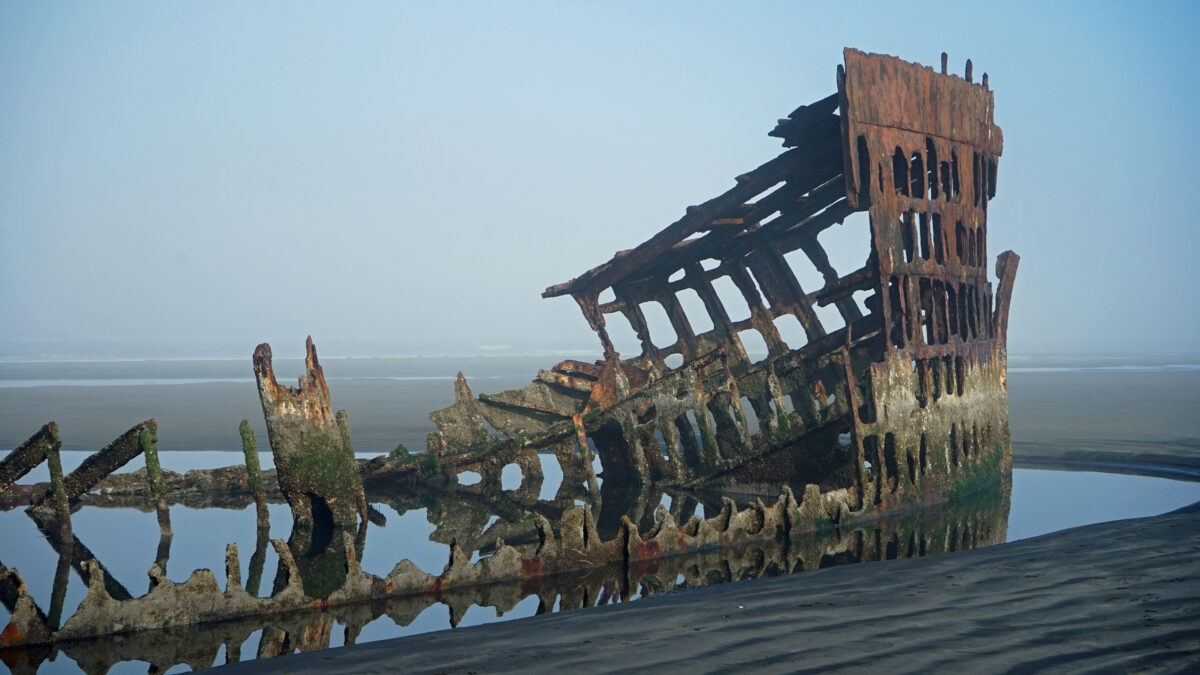Introduction
Fort Stevens State Park is one of the most popular and most visited parks in Oregon, and for good reason. It includes a nice beach with good clamming at low tides, a freshwater lake with two picnic grounds, hiking trails, abundant wildlife habitat (including that of a resident herd of Roosevelt elk), a shipwreck, a large campground, and more. And it has an interesting history.
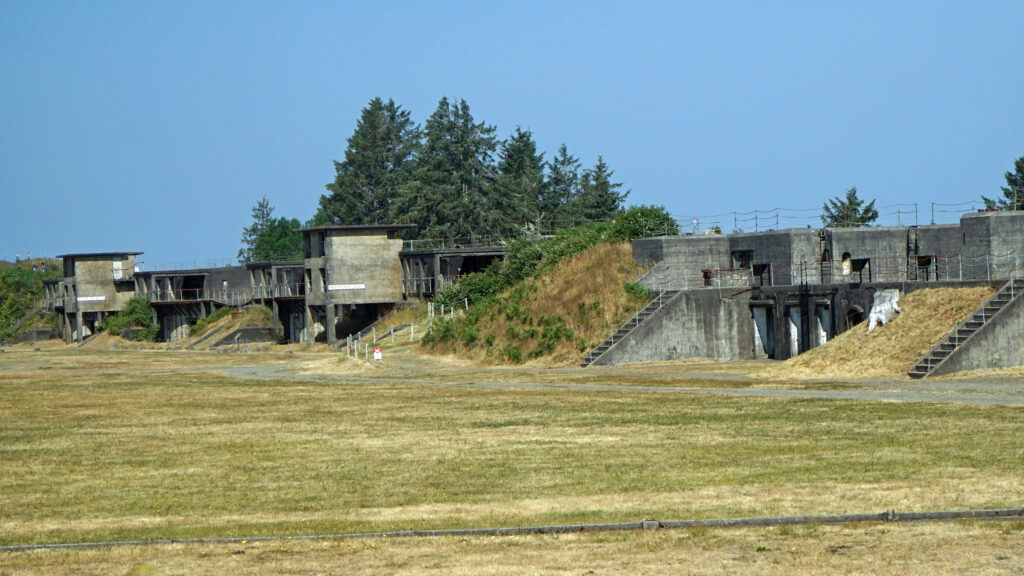
History
From 1864 to 1947, Fort Stevens was an active military base, one of three forts at the mouth of the Columbia River built to protect the entrance to the river. After decommissioning, the fort became the property of the Army Corp of Engineers. In 1975 ownership was transferred to the State of Oregon and became part of Fort Stevens State Park. Many of the concrete gun batteries are still present and open to the public. The park also includes a military history museum, and tours of an underground WWII-era portion of the fort are available.
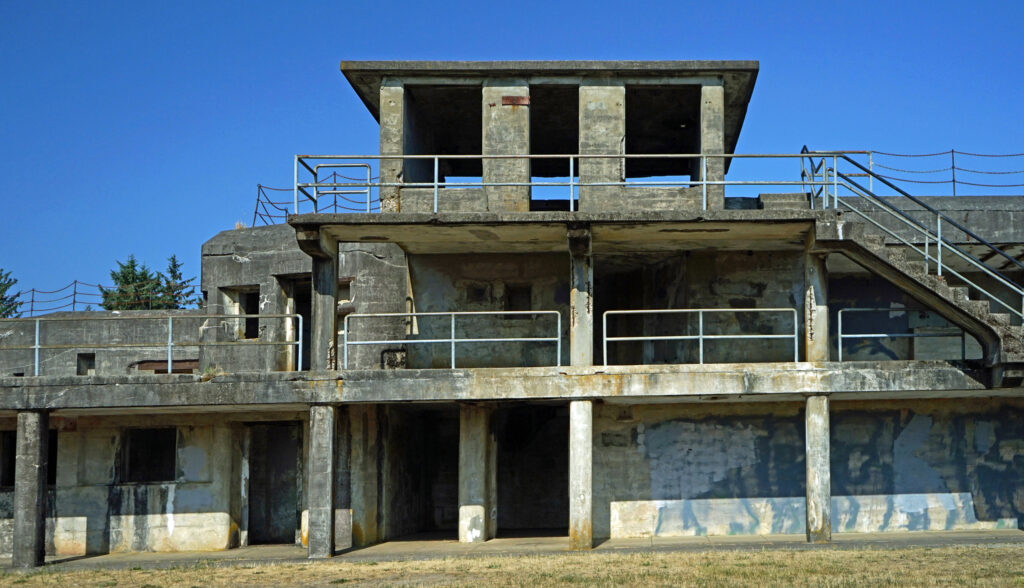
Fort Stevens State Park was created in 1955 after Clatsop County gifted a parcel of land south of the old military base to the State of Oregon. The state expanded the park several times between 1955 and 1975. The addition of the grounds of the historic Fort Stevens brought the park area to its present size of 4300 acres.
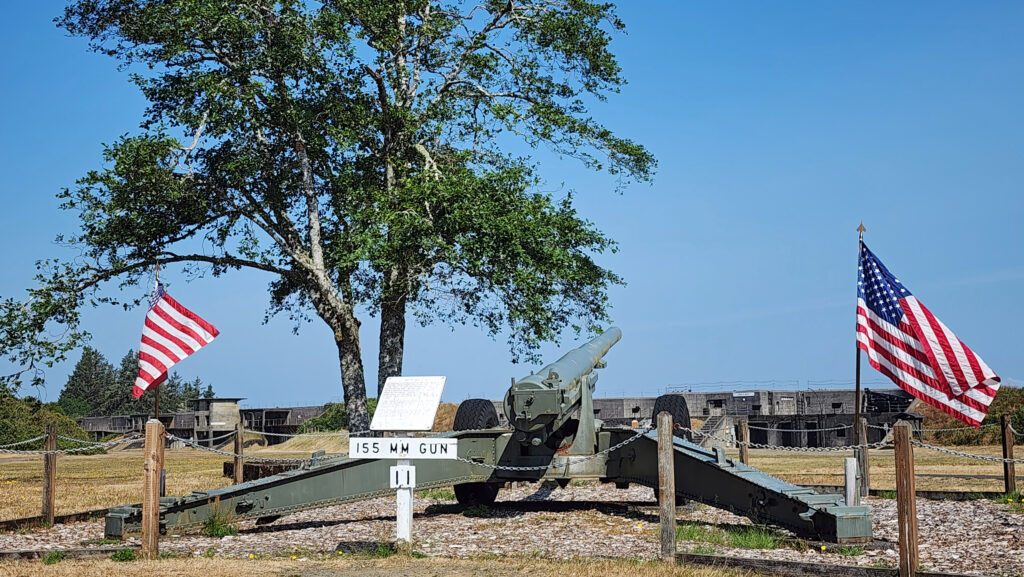
In addition to its military history, Fort Stevens State Park is also part of Lewis and Clark National Historic Park.
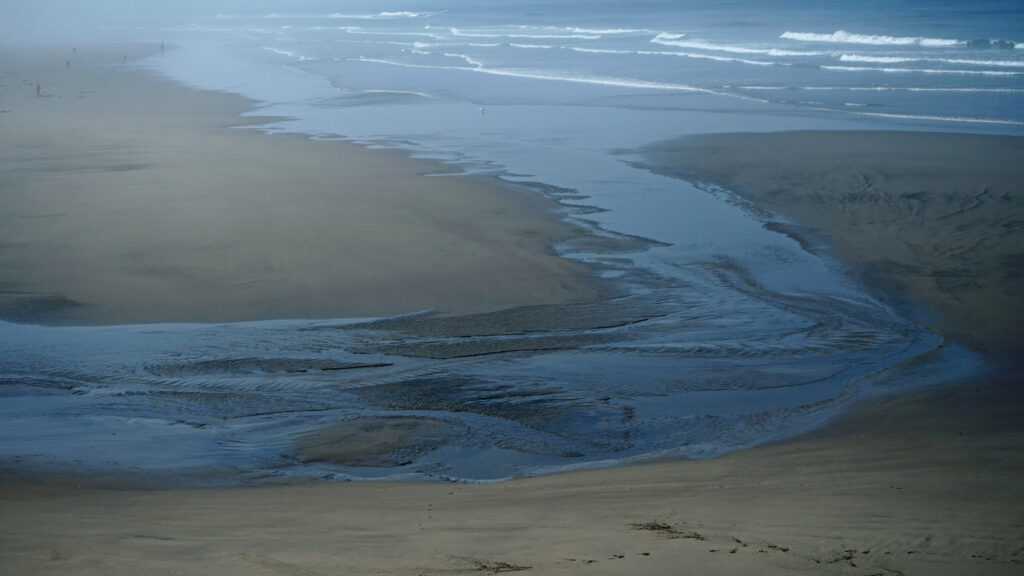
The Park
Today, Fort Stevens State Park includes a campground with almost 500 campsites (174 with full hookups and 302 with water and electricity). There are also 15 yurts, 11 cabins, and a hiker-biker camp. The campground has bathrooms with flush toilets and hot showers.
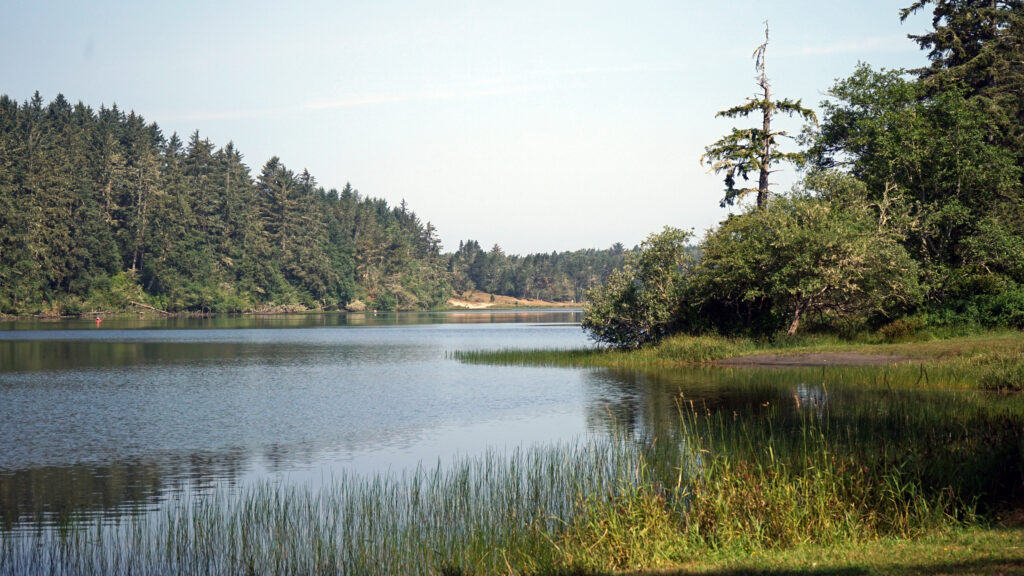
There are two large picnic areas on the shores of Coffenbury Lake, a 50-acre freshwater lake that is sheltered from the strong winds that can make the beach a less than pleasant experience at times. The lake has a boat ramp (non-motorized craft or boats with electric motors only), and the lake is stocked with rainbow trout. It also has a variety of warm water fish, including largemouth bass, and is occasionally stocked with steelhead.
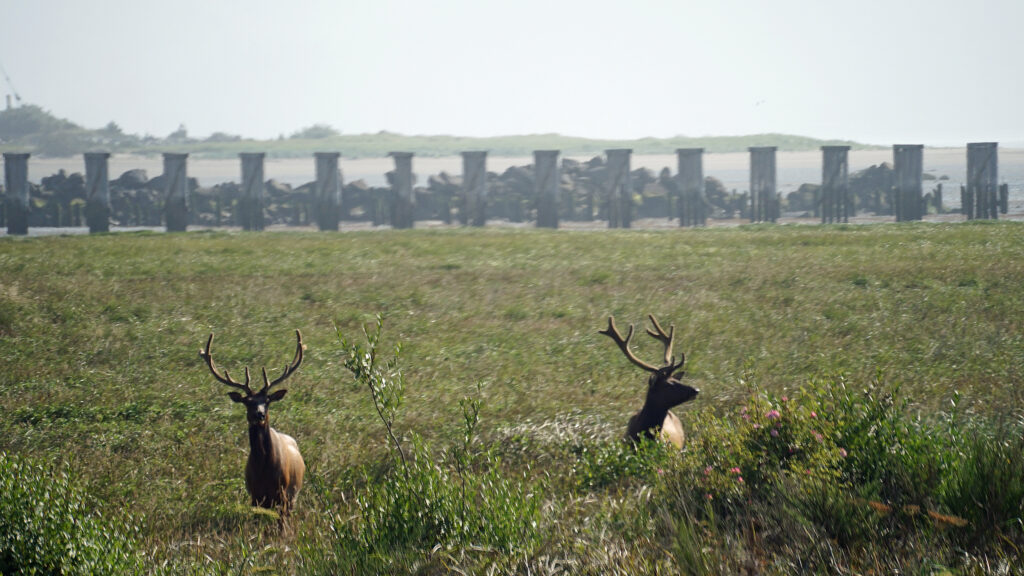
The park includes a nine-mile-long bike path, six miles of hiking trails, four miles of ocean beach (part of 15 miles of uninterrupted beach stretching from the south jetty of the Columbia River to the town of Gearhart), two miles of Columbia riverfront beach, and four miles of marshland along the Columbia River Estuary.
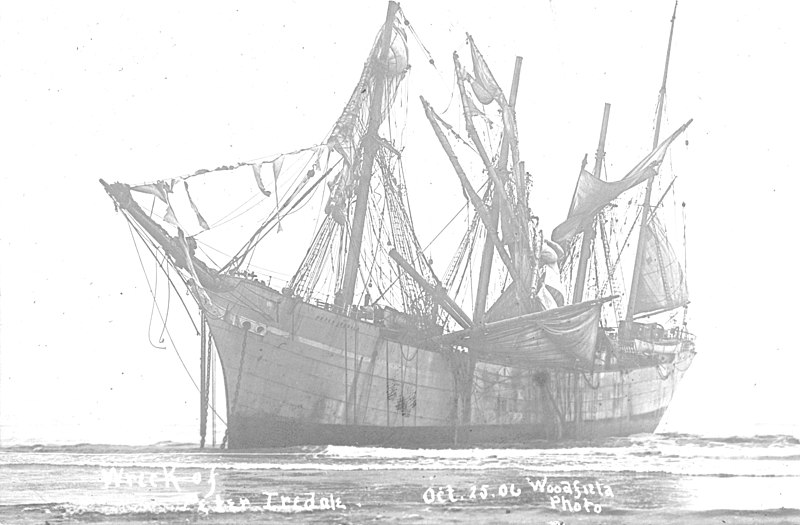
The Shipwreck
One of the unique features of the park is the shipwreck still visible on the beach after more than a century.
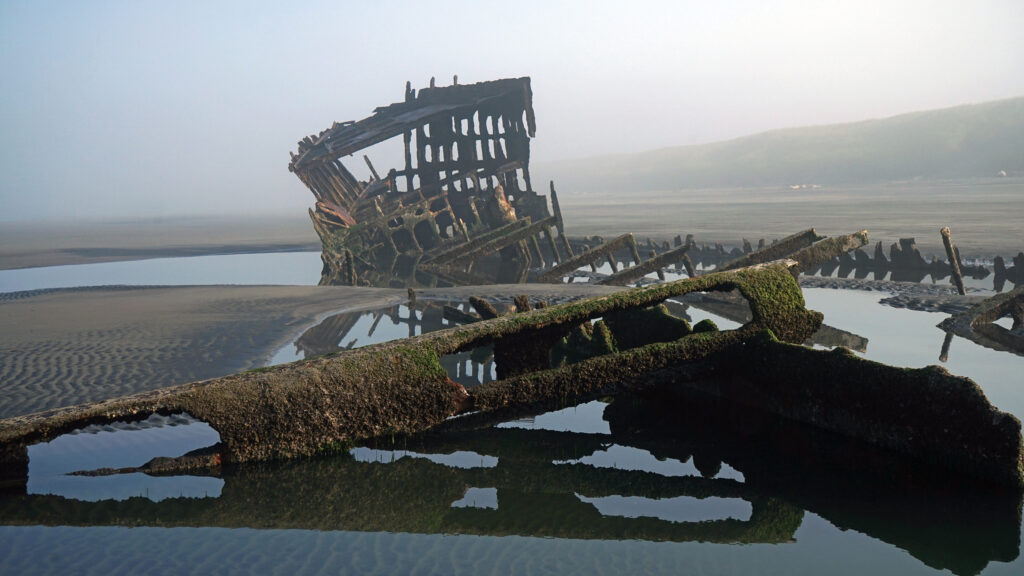
On a foggy night in October 1906, the Peter Iredale, a four masted, steel hulled sailing ship, was blown ashore four miles south of the entrance to the Columbia River by a strong west wind. All 27 crew members were rescued unharmed, but the ship could not be salvaged and has remained on the beach ever since.
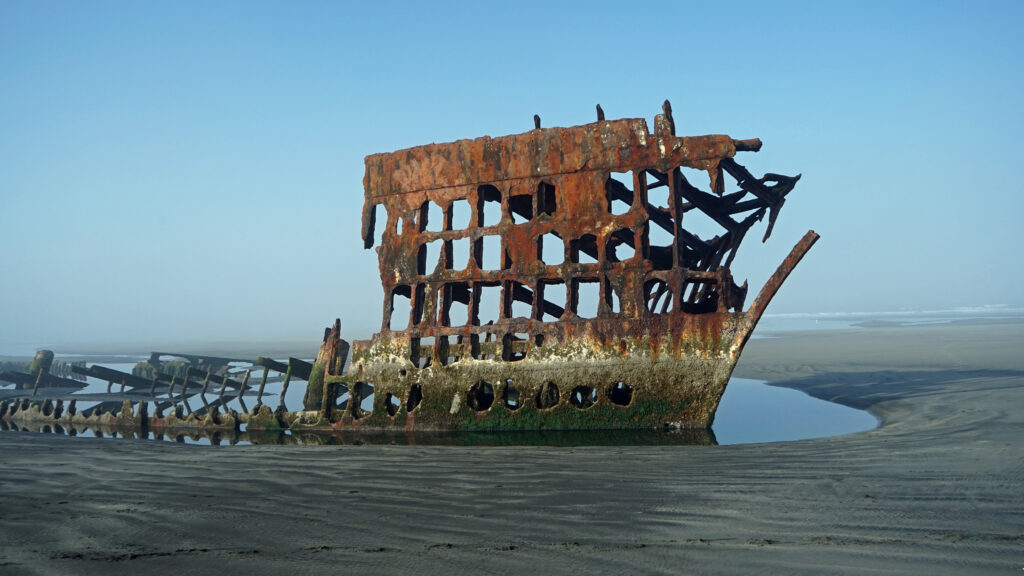
The wreck has deteriorated over the past century, but a surprisingly large amount of the hull remains intact. I visited the wreck at low tide in August (2023) and took the photos shown here. (My family camped at Fort Stevens a number of times when I was growing up, but in those days the wreck was buried in the sand, and I don’t remember it being visible on any of our trips there. It wasn’t until fairly recently that I first saw the remains of the ship).
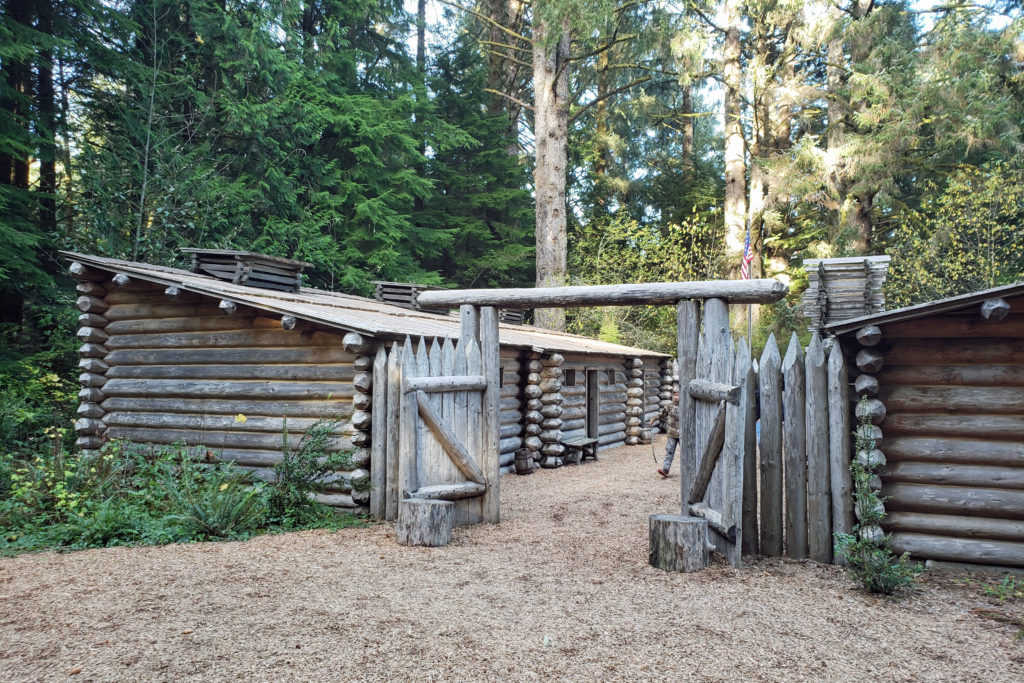
Getting There
Fort Stevens State Park is located near Astoria, Oregon. From Astoria, take US Hwy 101 south across the New Youngs Bay Bridge. Just south of the bridge turn right onto Ore Hwy 104 (E. Harbor Drive). Follow Hwy 104 through downtown Warrenton and follow signs to the park. From the south, take Hwy 101 north, turn left onto Ore Hwy 104 just south of Warrenton, and follow signs to the park.
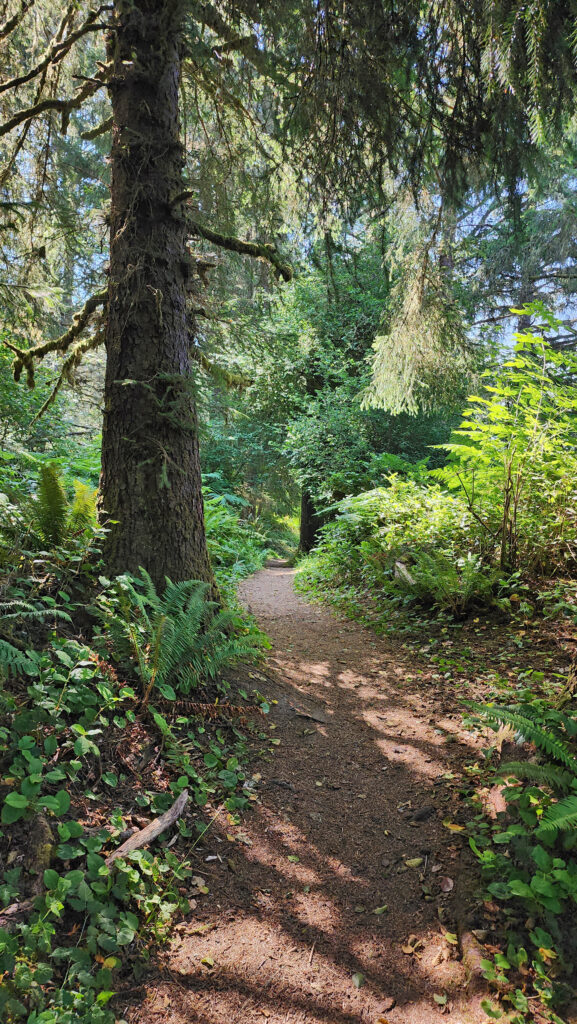
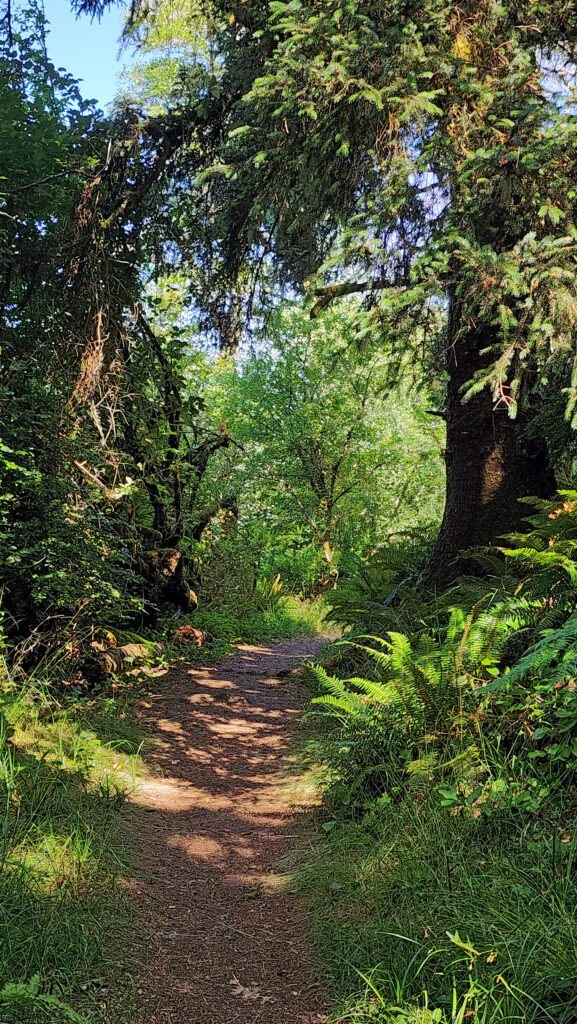
Nearby Attractions
The area around the mouth of the Columbia River has many interesting places to explore in addition to Fort Stevens. The Lewis and Clark Expedition, the first Americans to explore the area west of the continental divide, reached the mouth of the Columbia in 1806. Members of the expedition built Fort Clatsop, where they spent the winter of 1806-07. The exact location of the fort is unknown, but a replica of the fort, part of Lewis and Clark National Historic Park, is located a few miles east of Fort Stevens where historians believe the fort was located. For hikers, the park features a 6.5-mile trail from Fort Clatsop to the Pacific Ocean at Sunset Beach.
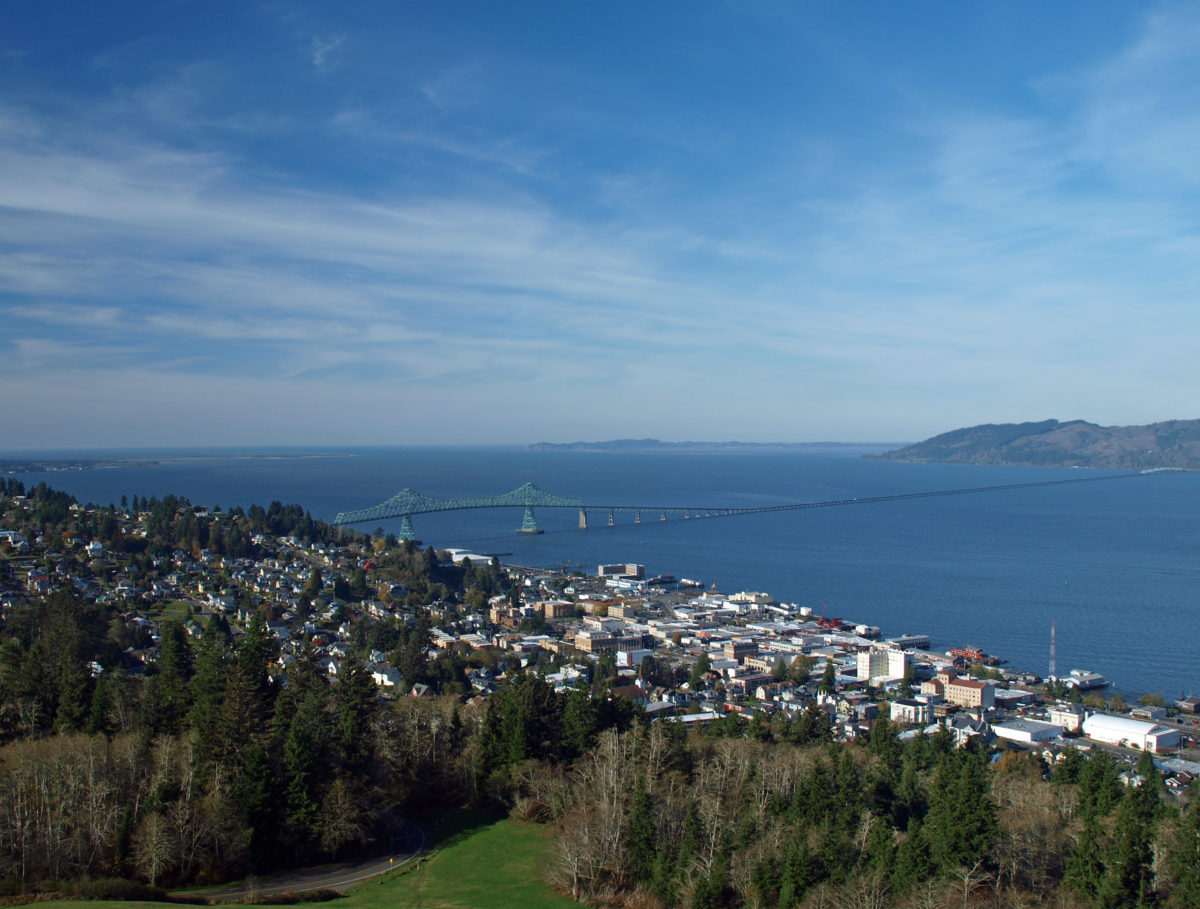
In 1811, John Jacob Astor’s Northwest Company established Fort Astoria at the site of the present-day town of Astoria, the oldest American settlement west of the Rocky Mountains. Astoria is an interesting as well as historic town well worth visiting on its own.
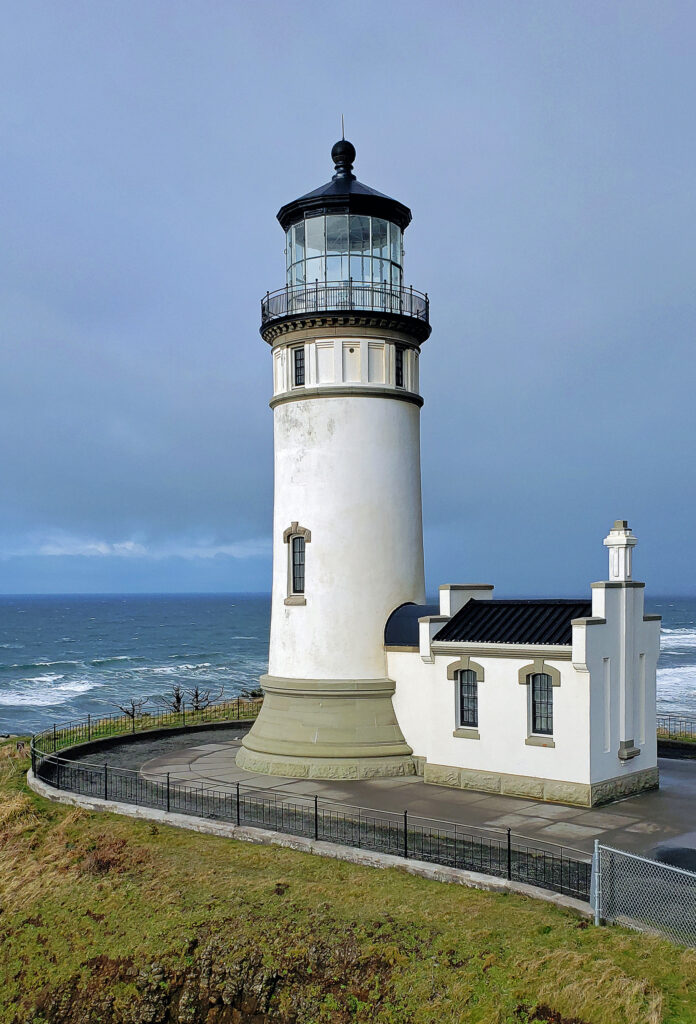
Besides Fort Stevens, there are several other parks in the area. Cape Disappointment State Park is located on the Washington side of the Columbia River. It’s the site of Fort Canby, another of the forts that guarded the mouth of the river. Fort Columbia Historical State Park, a few miles inland on the shore of the Washington side of the river, is the site of the third of the three forts.
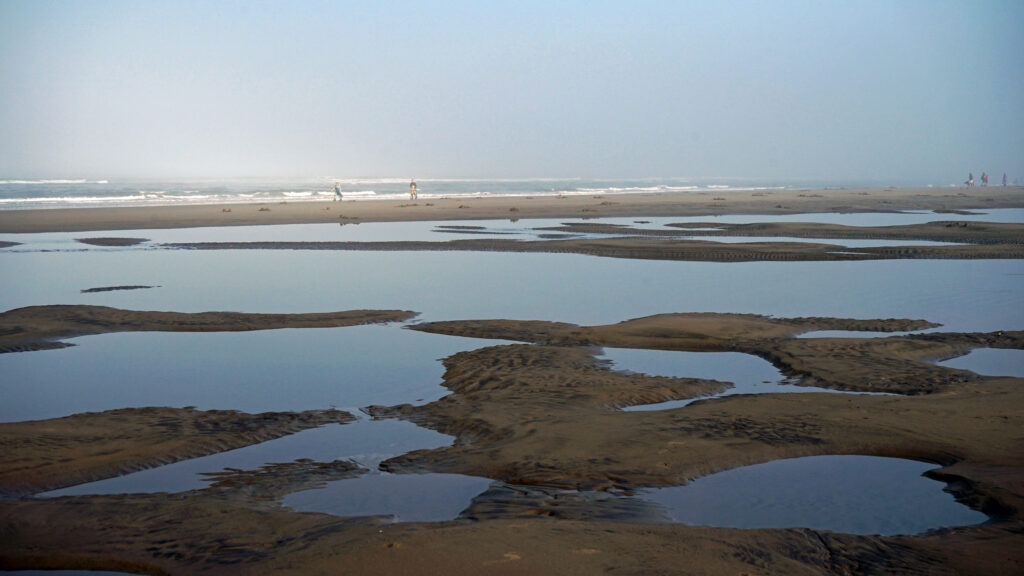
Ocean fishing trips can be booked on charter boats at the port town of Ilwaco, on the Washington side of the river across the four-mile-long Astoria-Megler Bridge from the town of Astoria.
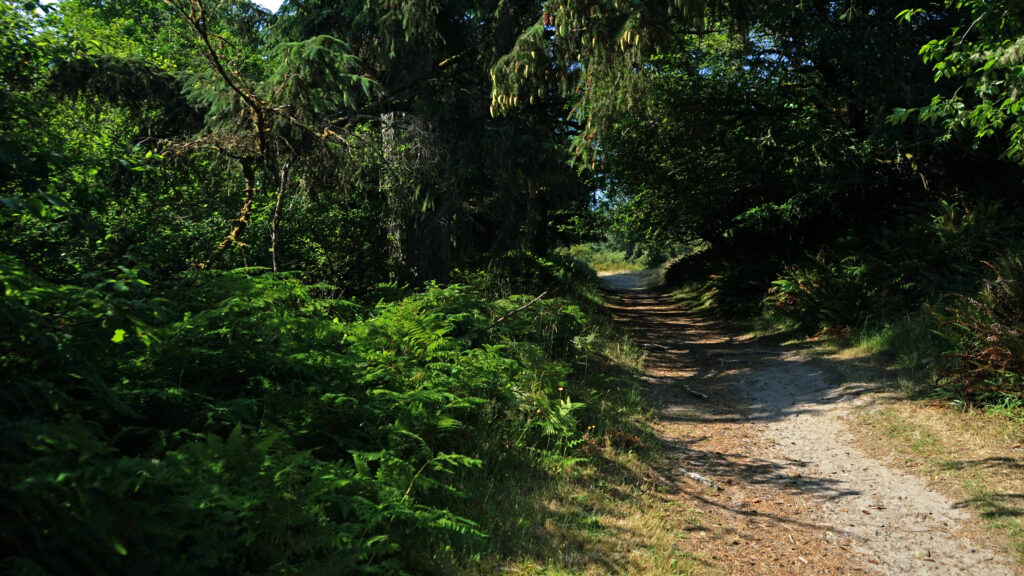
Conclusion
Whether you’re a camper, beachcomber, history buff, fisherman, hiker, wildlife enthusiast, photographer, or sightseer, Fort Stevens State Park and the immediate area has something for everyone. And the Long Beach, Washington area north of the Columbia, and the towns, parks, and beaches of the northern Oregon coast also have a lot to offer the traveler. It is no wonder that the area is one of the top tourist destinations in the Pacific Northwest.
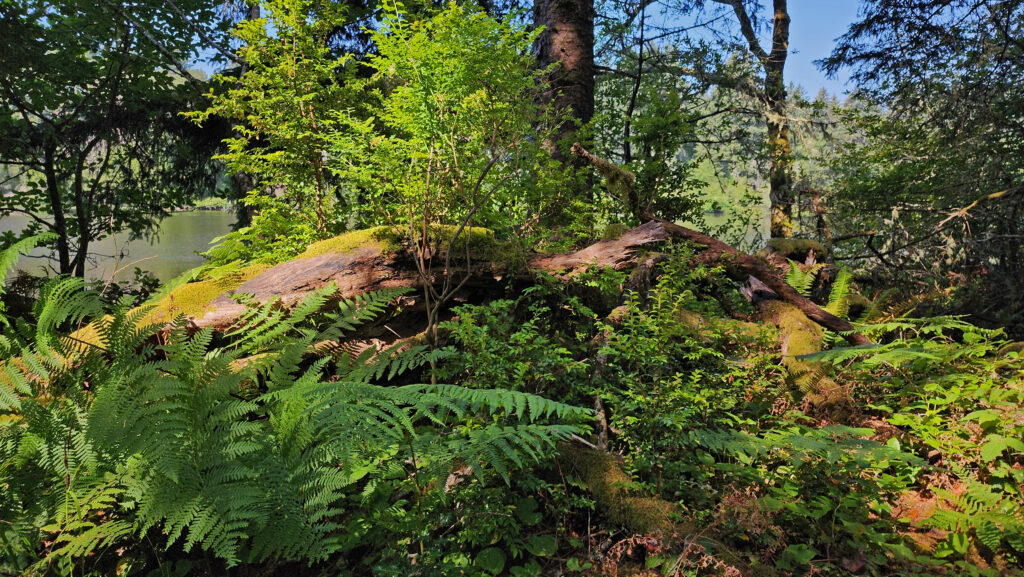
Posted August 13, 2023 by Alan K. Lee
All photos by and property of the author, except as noted

